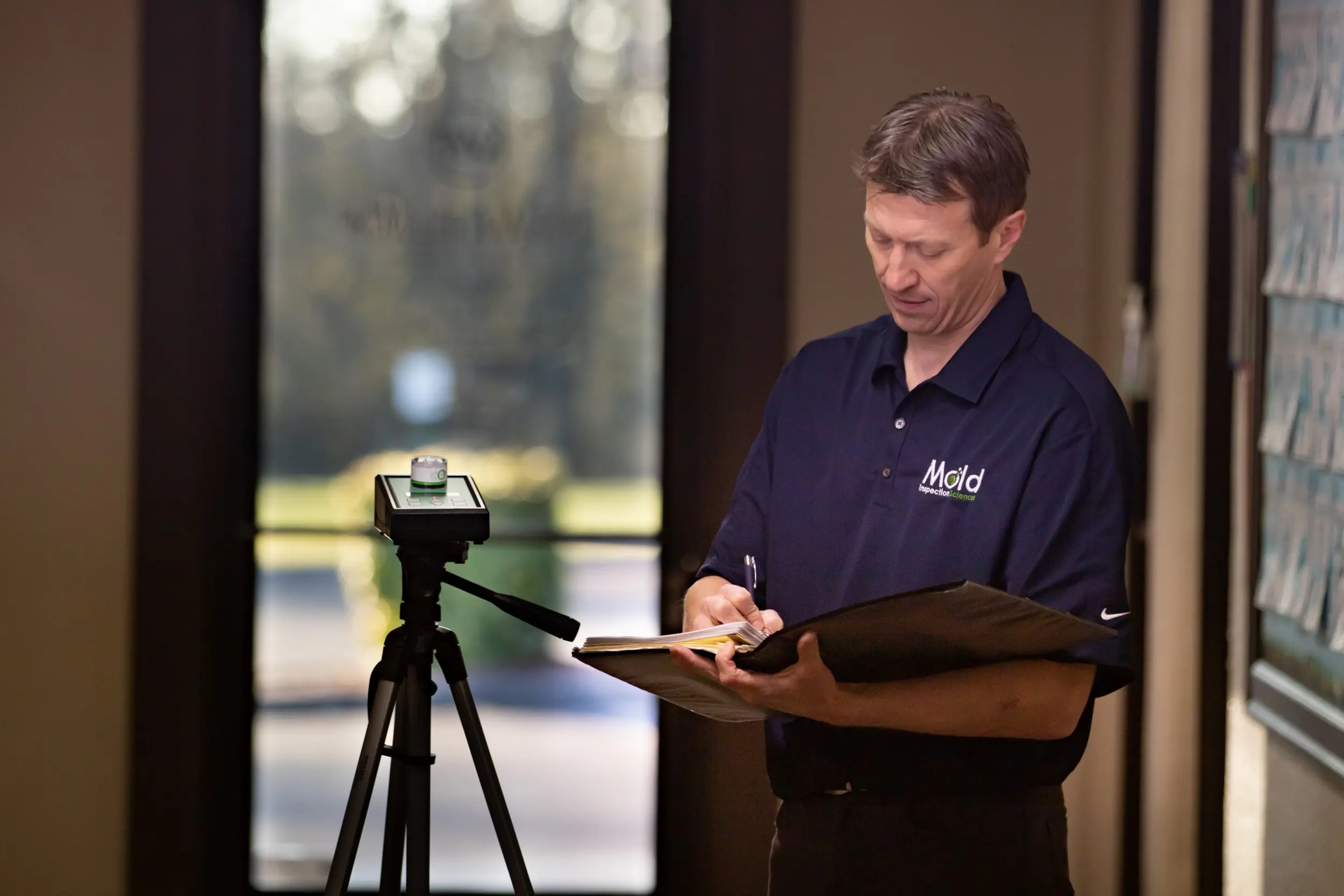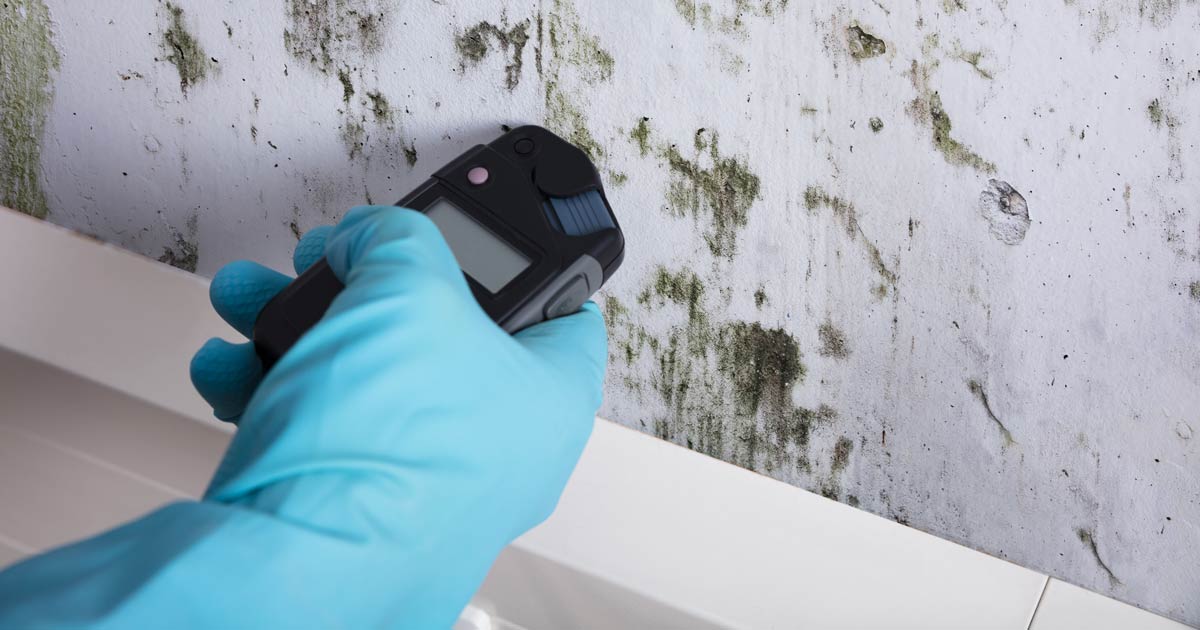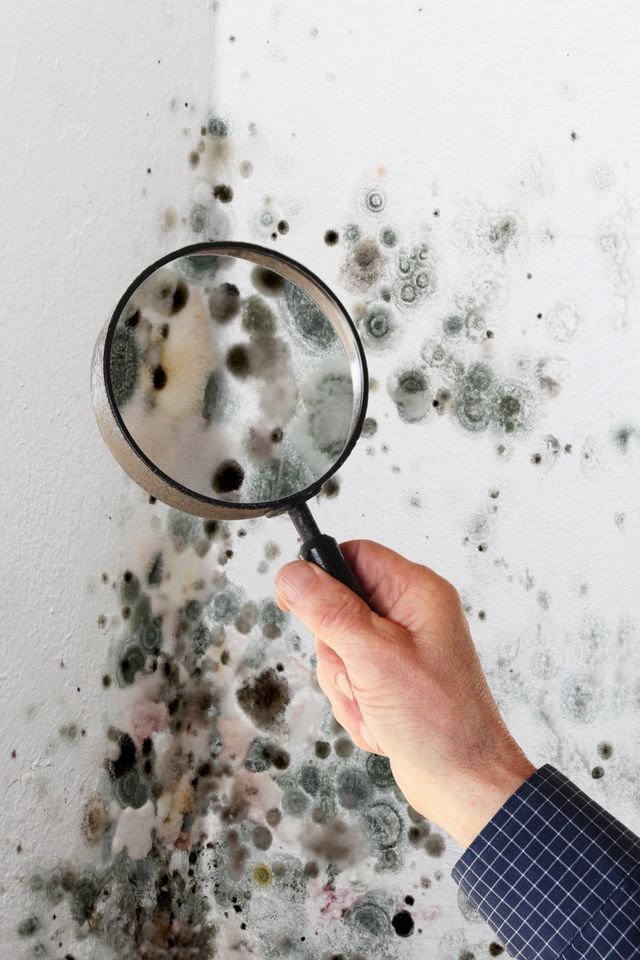Support on What to Do After Mold Remediation
Support on What to Do After Mold Remediation
Blog Article
Your Ultimate Guide to Article Mold And Mildew Removal Strategies
Navigating the realm of post-mold remediation strategies is a meticulous process that requires focus to information and an extensive understanding of the ins and outs entailed. In the results of mold infestation, knowing exactly how to successfully get rid of the mold and prevent its reoccurrence is paramount for maintaining a healthy and balanced interior setting. From picking the right cleaning and disinfecting techniques to carrying out approaches for lasting mold and mildew avoidance, each action in the removal trip plays an essential role in making certain an effective outcome. As we embark on this exploration of post-mold removal techniques, we will reveal the crucial strategies and ideal practices that can aid you restore your room to its pre-mold condition and protect it against future mold threats.
Understanding Post-Mold Removal Process
After finishing the mold and mildew removal procedure, it is crucial to comprehend the post-mold removal strategies that are essential to ensure a reliable and detailed cleaning. When the mold has been eliminated, the next step involves cleaning and sanitizing the impacted areas to avoid any type of regrowth of mold. This includes using specialized cleaning representatives to clean down surface areas and eliminate any kind of continuing to be mold and mildew spores. It is vital to dry out the location completely to dissuade the growth of mold in the future (After mold remediation). Proper air flow and dehumidification can assist in this procedure.
Moreover, carrying out a last examination post-remediation is essential to ensure that all mold and mildew has actually been efficiently gotten rid of. If the inspection reveals any lingering mold, extra removal might be needed.
Efficient Cleaning and Decontaminating Approaches

Stopping Future Mold And Mildew Growth

Relevance of Correct Ventilation
Correct ventilation plays a crucial role in preventing wetness accumulation, a key consider mold and mildew development within interior atmospheres. Reliable ventilation systems aid eliminate excess humidity from the air, lowering the chances of mold and mildew spores finding the wetness they need to spread out and germinate. here Without ample ventilation, indoor rooms can end up being a breeding ground for mold and mildew, bring about prospective health and wellness dangers and structural damage.
By making certain appropriate air flow, ventilation systems can also assist in drying moist areas faster after water damages or flooding cases, further discouraging mold development. Post Mold Remediation Report. In areas like restrooms, cooking areas, basements, and attics where moisture degrees have a tendency to be higher, setting up and preserving efficient ventilation systems is essential in stopping mold and mildew infestations

Surveillance and Upkeep Tips
Given the essential function that proper ventilation plays in protecting against mold growth, it is important to develop effective tracking and upkeep tips to make certain the ongoing performance of ventilation systems. Normal evaluations of ventilation systems ought to be carried out to look for any signs of obstructions, leaks, or breakdowns that might impede appropriate airflow. Monitoring humidity levels within the building is additionally important, as high humidity can add to mold development. Setting up a hygrometer can assist track humidity degrees and sharp house owners to any type of spikes that may require focus. Additionally, guaranteeing that air filters are consistently click to read cleaned up or replaced is important for maintaining the efficiency of the ventilation system. Implementing a schedule for regular upkeep tasks, such as duct cleaning and HVAC system inspections, can assist protect against concerns prior to they rise. By remaining proactive and conscientious to the problem of ventilation systems, homeowner can properly alleviate the danger of mold regrowth and maintain a healthy and balanced interior atmosphere.
Verdict
In final thought, post-mold remediation strategies are necessary for guaranteeing a safe and tidy atmosphere. Comprehending the procedure, implementing reliable cleansing and sanitizing approaches, avoiding future mold and mildew development, maintaining appropriate air flow, and regular tracking are all essential steps in the removal procedure. By following these standards, you can successfully remove mold and mildew and stop its return, promoting a healthy living or functioning space for all passengers.
In the aftermath of mold problem, knowing just how to effectively eradicate the mold and mildew and avoid its reoccurrence is critical for maintaining a healthy and balanced interior setting. When the mold and mildew has actually been eliminated, the next action includes cleaning and sanitizing the influenced areas to stop any kind straight from the source of regrowth of mold and mildew - Post remediation mold testing near me. After removing noticeable mold development, it is crucial to cleanse all surface areas in the afflicted area to remove any type of remaining mold and mildew spores. To even more enhance mold and mildew avoidance measures, it is important to deal with underlying issues that at first led to mold and mildew growth.Given the critical function that correct ventilation plays in protecting against mold development, it is imperative to develop effective surveillance and maintenance ideas to ensure the ongoing performance of air flow systems
Report this page